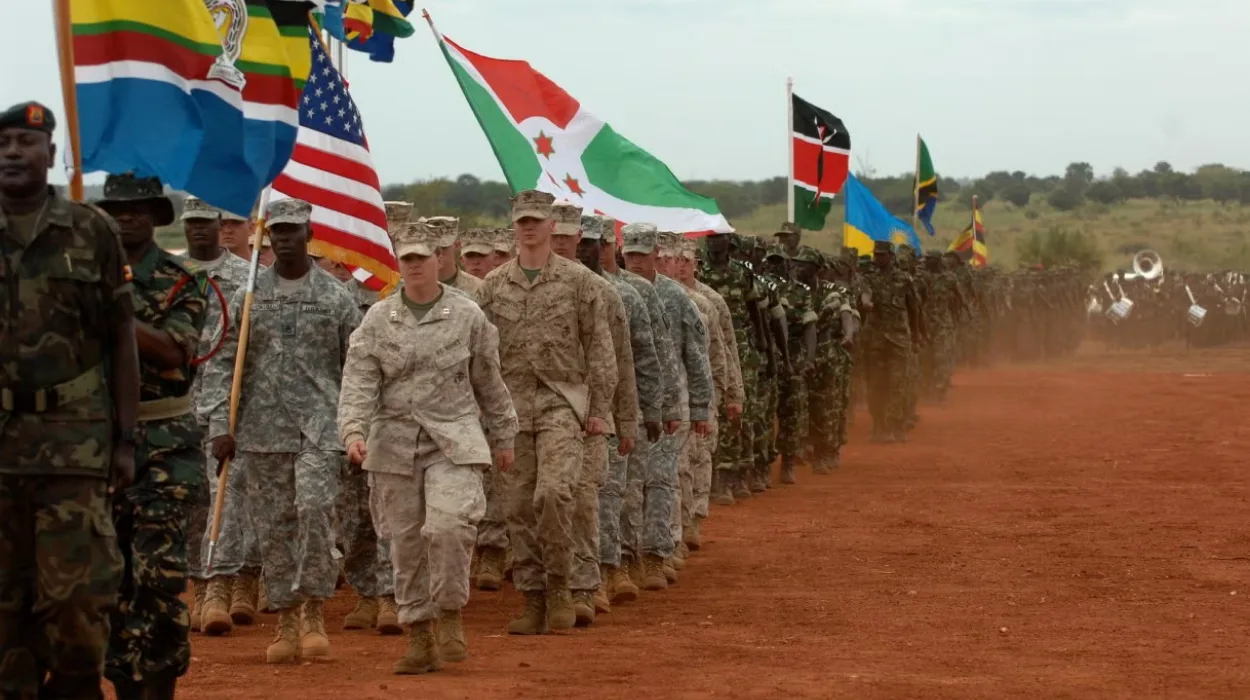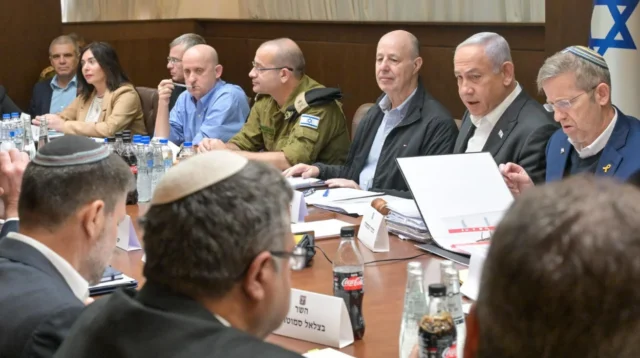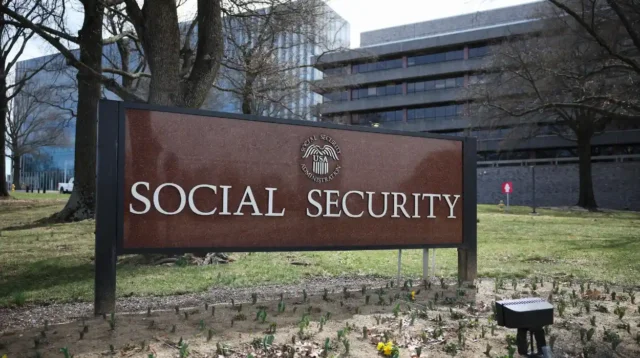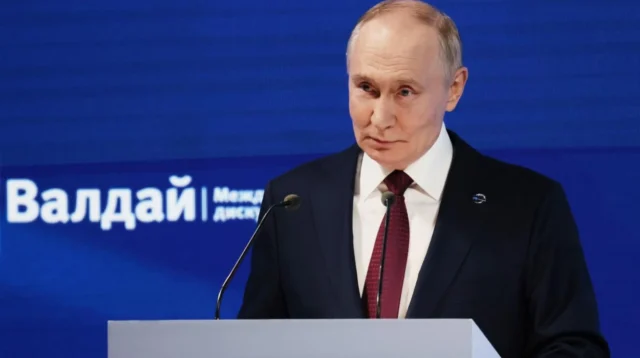African stability has been a long standing concern of the United States in its larger foreign policy goals. By 2025, this view has grown more rooted as transnational risks, whether it is terrorism or cybercrime, have remained a cause of instability in the regions and migration between countries. There has been engagement in security with governments of Africa in high gears with specialization being made in capacity-building and joint operations.
Focus on regional hotspots and transnational threats
The Sahel, Lake Chad Basin, and the Horn of Africa partnerships are centered on military training, intelligence sharing and support of logistics. The Trans-Sahara Counterterrorism Partnership and East Africa Counterterrorism Initiative programs have been expanded to meet the changing threats. These are cross border insurgencies and sea piracy especially in West African ports that are strategic in global supply chains.
The United States Africa Command (AFRICOM) has evolved its strategies and it does not act as a one-man show but instead tries to collaborate with regional coalitions. The objectives of these changes are to enhance legitimacy and enhance sustainable local ownership of security strategies. Although counterterrorism continues to be emphasized, more recent topics such as digital threats and disinformation campaigns have taken their place in the strategic discourse.
Migration as a function of security policy
Regional insecurity is often associated with migration pressures. The US as part of its larger policy architect has incorporated migration management in its security interactions. The 2025 strategy focuses on spending money in migratory source areas, funding community policing, patrolling borders, and mediation of conflicts.
This is not just an effort to interfere with the migration networks, but to deal with the causes of displacement. Immigration concerns being discussed in bilateral security discussions are a sign that migration is not an independent issue, but rather one fashioned by economic, political, and security realities.
Trade partnerships gain prominence in bilateral relations
Simultaneously with security issues, the US is developing its business presence in Africa. The business oriented turnaround seen in the 2025 US-Africa Business Summit highlights the long-term dedication towards developing economic relationships. Since it is projected that the GDP of Africa is going to increase tremendously by the end of the decade, the United States sees a possibility of matching its foreign policy with its commercial activities.
Economic diversification and infrastructure growth
Major transactions made during the summit are investments in renewable energy, transport corridors, agribusiness and technology transfer. The 2.5 billion that US firms will invest in 2025 is a mixture of both the private equity and government-insured instruments. These contracts seek to create local jobs and enhance the creation of a sustainable supply chain.
The US Agency for International Development ( USAID ) and the Development Finance Corporation ( DFC ) have strengthened their functions with the provision of risk insurance and technical support. New financing schemes can unite climate conscious projects with export-driven developments, which tie energy access and digital infrastructure to subsequent capacity to trade.
Immigration as part of commercial strategy
The focus on the business affects the immigration policy in terms of workforce mobility programs. The US is testing new visa programs for skilled African construction, energy, and IT workers in an attempt to address sector-specific labor shortages. These are programs which are not just to satisfy the US labor requirements, but to keep the educated young population of Africa afloat.
The foreign policy of educational exchanges, entrepreneurship visas and incentives connected to the diaspora is now being viewed as such. The idea is to create stable relations, boosting circular migration, and helping to develop capacity building in African economies, as well as to meet the US business requirements.
Policy shifts in US immigration toward Africa
The US immigration policy of 2025 is a re-evaluated stance that tries to balance between enforcement and opportunity. The change occurs against the backdrop of wider migration trends across the world, regional crises and changing economic interconnections between Africa and the United States.
Legal migration channels and humanitarian programs
Improvements to legal migration include changes to the Diversity Visa Program and additional regional refugee admissions caps on sub-Saharan Africa. The previous attention of the Biden administration to restore humanitarian entry points into the country has developed into organised regional reactions. Nationals of war-torn countries have also received expansionary Temporary Protected Status (TPS), and labor market access programs have been incorporated into refugee resettlement programs.
Mobile processing centers in East and West Africa have also been introduced by the State Department and Department of Homeland Security. They are intended to decrease visa fraud and delays in the process and bring the services closer to the underserved areas. To enhance transparency, tech-enabled platforms can be used to provide real-time tracking of applications and verify them by using biometrics.
Curbing irregular migration and trafficking
The legal migration accentuation is supplemented by the strong agenda of enforcement against human trafficking and smuggling networks. The US Immigration and Customs Enforcement (ICE) cooperates with African law enforcement within the programs sponsored by the INTERPOL and the UN office on Drugs and Crime (UNODC).
To intercept trafficking activities in major routes between Europe and North Africa, digital forensics, intelligence sharing and surveillance technology are utilized. The stress is on breaking up syndicates and protection of the victims, even with reintegration assistance.
According to policy officials, irregular migration cannot be solved by means of interdiction only. Local governance and development assistance are key instruments of stabilizing sending societies and the provision of alternatives to migration.
Multilateral engagement and institutional support
The US remains a multilateral actor to pursue common goals in the areas of security, business and immigration. US policy documents are also in line with continental priorities, with mention of African Union frameworks including Agenda 2063 and the AfCFTA.
Strengthening African institutions and regional ownership
Funding of organizations such as ECOWAS, IGAD and SADC continue to be at the center of US policy. The programs of the Bureau of African Affairs of the State Department focus on regional crisis response and conflict prevention leadership. The money is pumped into the early warning systems, election monitoring, and development of civil society.
Regional collaboration also includes migration governance, where the US is a co-sponsor of initiatives aimed at aligning the visa policies, credential recognition across the borders, labor recruitment regulation. These multilateral instruments assist the African nations to control movement both within and in their foreign relations with their partners such as the US.
Diplomatic coordination with global partners
The US also works closely with the EU, and international financial institutions, to balance investment and migration policies on the regional basis. Infrastructure projects that are co-financed and donor roundtables have become the new development forums to influence the African development models.
This is diplomacy that demonstrates a movement toward joint responsibility and aggregate effect, especially in the thrust of global south nations toward more aggressive bargaining of their terms of development. The US therefore wants to establish itself as a long-term ally who is sensitive to the demands of both regional security and economic transformation agenda.
The 2025 policy convergence of US immigration and foreign engagement in Africa presents a multifaceted model of international cooperation. By integrating commercial, security, and humanitarian priorities, the United States is crafting a framework that links domestic interests to global development outcomes. As African nations assert their strategic relevance and demand equitable partnerships, the durability of this balance will depend on how effectively both sides adapt to the complexities of global migration, geopolitical shifts, and economic interdependence. The emerging contours of this relationship invite close observation for what they reveal about future norms in international diplomacy and migration governance.





